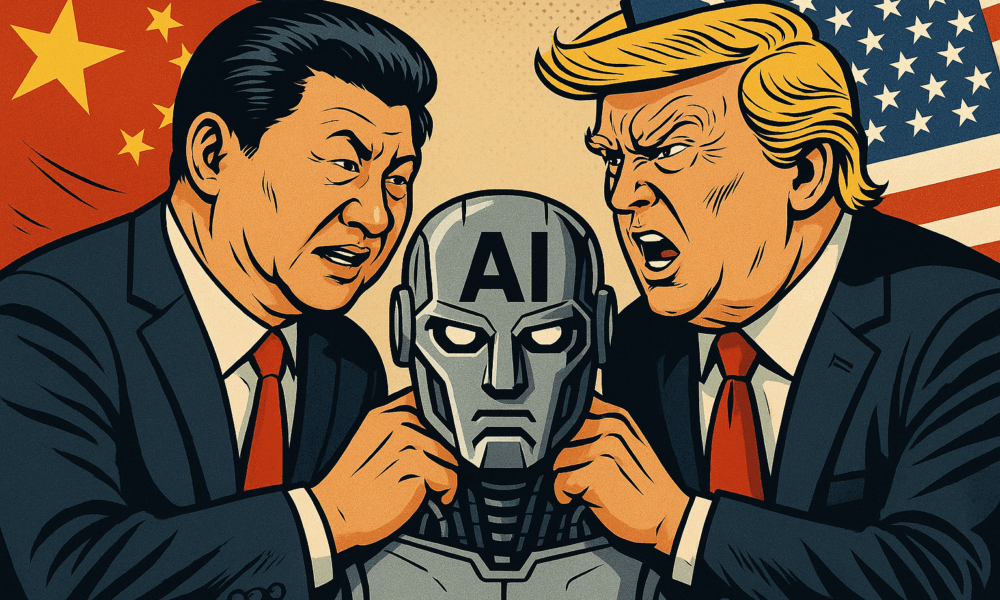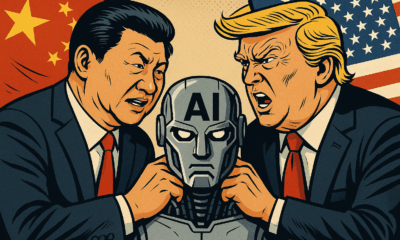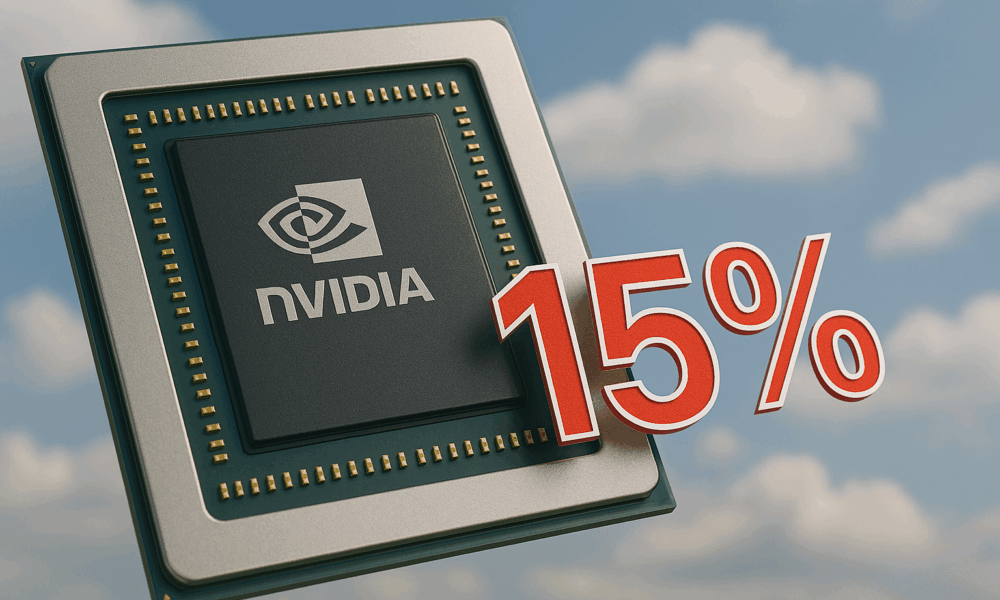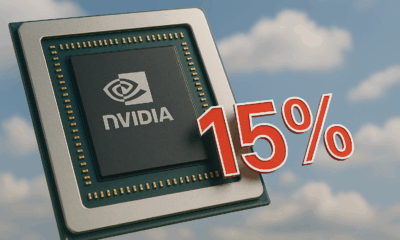


In a stark warning to U.S. policymakers, NVIDIA CEO Jensen Huang says the real threat to American dominance in artificial intelligence isn’t China’s ambition—it’s America’s own...



In January 2025, a little-known Chinese AI startup quietly flipped an entire industry’s script. DeepSeek, with a breakthrough model built for just a few million dollars,...



A New Kind of Tech Deal In a move that has stunned both Wall Street and Washington, the United States government has secured a 15 percent...